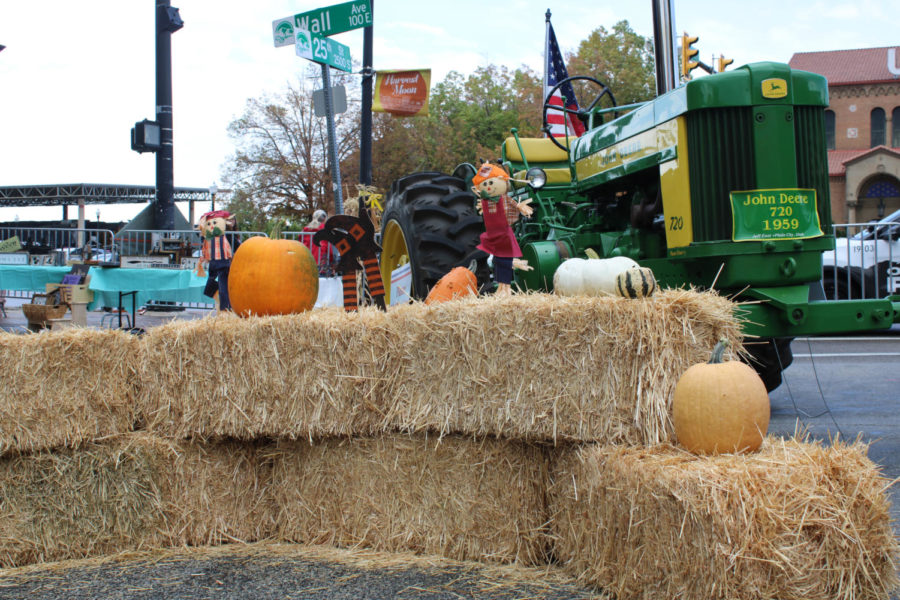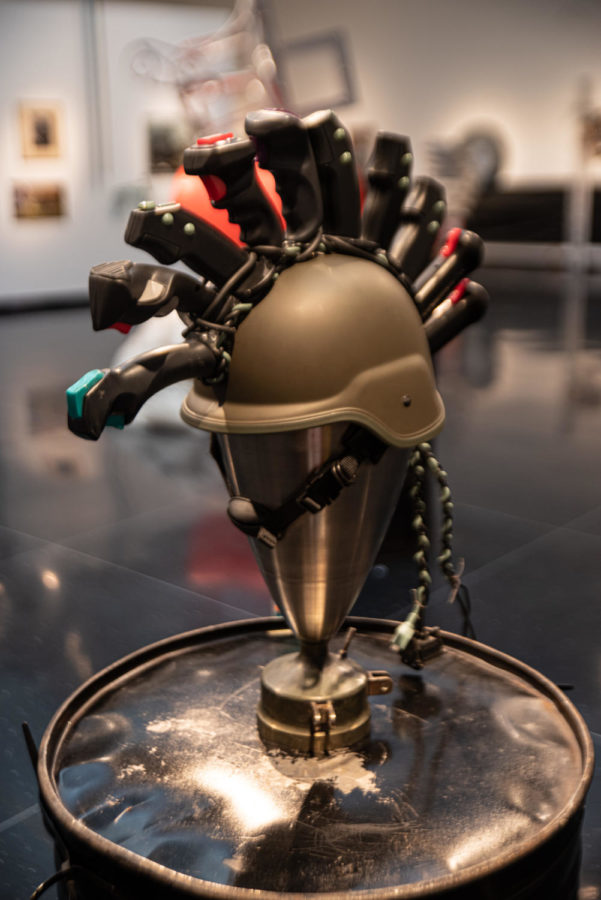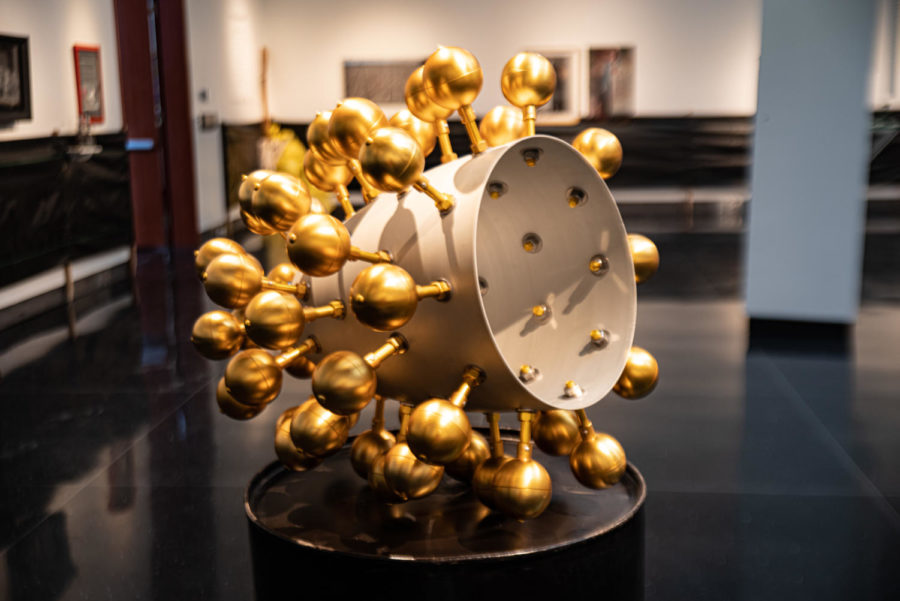
Motoi Yamamoto is a contemporary Japanese artist who has recently created a new rendition of his artwork “Floating Garden” on the floor of the Shaw Gallery in Weber State University’s Kimball Visual Arts Building. The piece, which went on display on March 7, is made entirely of Morton table salt and uses a swirl pattern to represent birth, death and rebirth.
Yamamoto, formerly an abstract painter, changed to the medium of salt after the death of his sister in 1994.
“I wanted to create something based on my desire to recall the memories of my sister,” said Yamamoto in an online interview with the Halsey Institute of Contemporary Art in Charleston, S.C. The medium of salt and the pattern of a swirl both have cultural meanings in Asia.
“(Salt) has important properties for funeral rites and has a spiritual component in Japanese culture,” said Matthew Choberka, chair of the WSU Department of Visual Arts and an assistant professor. “He (Yamamoto) began to use salt a as primary material as a kind of memorial of his sister and as a vehicle to access memories of her.”
Before he started using the swirl pattern, many of Yamamoto’s pieces employed a maze-like structure he refers to as a labyrinth as the primary motif.
“The labyrinth involves turning my desires to reconnect with very important memories of my sister into some shapes,” he said.
However, he viewed the labyrinth as a primarily European construction, and he began to want to find a motif more relatable to his origins.
“I was looking for a similar pattern of symbolism in Asia,” Yamamoto said. “I found this in the form of a swirl. The pattern of a swirl is both going into the center and also coming out from the center of a circle.”
Yamamoto began work on “Floating Garden“ on Feb. 24. His process involved a preliminary sketch, and then he made modifications to the piece in reaction to the environment he was creating it in.
“His work is intuitive to some extent,” said Sarah Ericson, acting director of the Shaw Gallery. “It’s really a . . . natural process.”
The process by which Yamamoto creates the piece is fairly simple in concept. He uses plastic squeeze bottles with different sizes of nozzles to control the thickness of the lines he is drawing.
“That’s probably what makes it so amazing in some sense, is how simple the process is, yet it yields such a complicated-looking form,” Choberka said. “It’s a material we are used to having every day of the week, but he’s transformed it.”
The installation of the exhibition concluded on March 6. A special panel at the Shaw Gallery will discuss various properties of salt on March 27. At the conclusion of the exhibit on April 12 at 10 a.m., community members have been invited to help gather the salt used in the piece and return it to a body of saltwater, in this instance the Great Salt Lake.
Ericson mused on the short-lived nature of the exhibit.
“(It is) ephemeral, which is really nice. That’s something that is really beautiful about it — this kind of temporary nature. It makes it . . . much more important to get out and see it. It’s a once-in-a-lifetime opportunity.”














